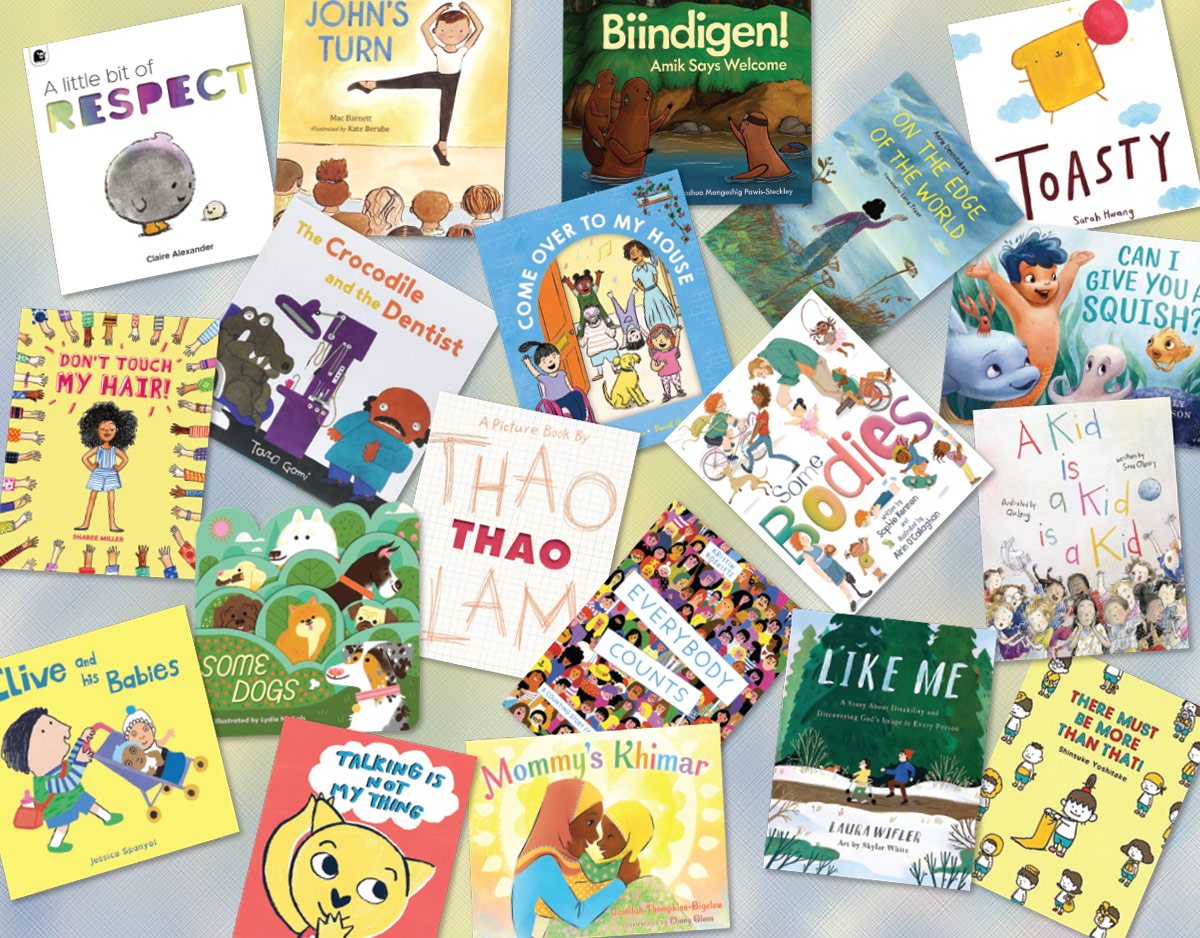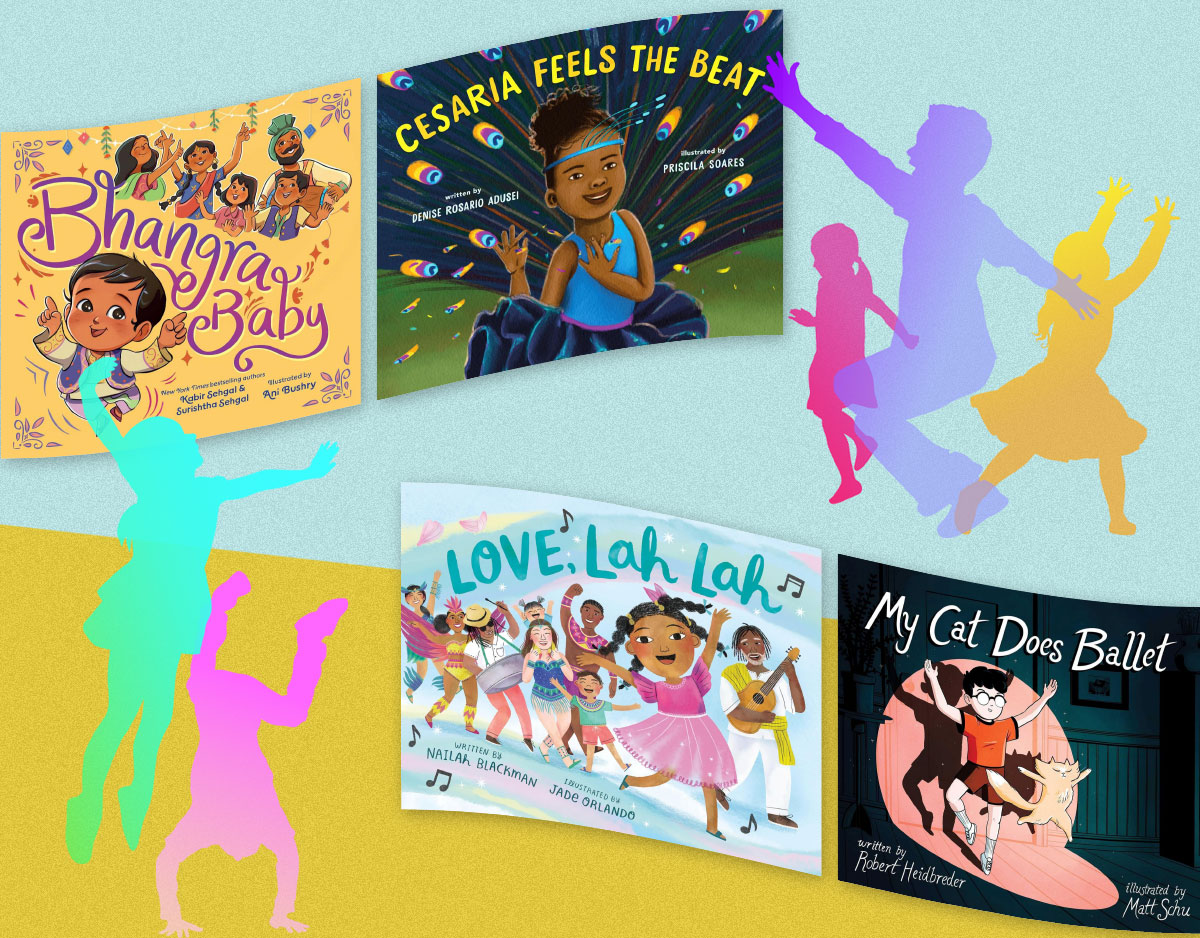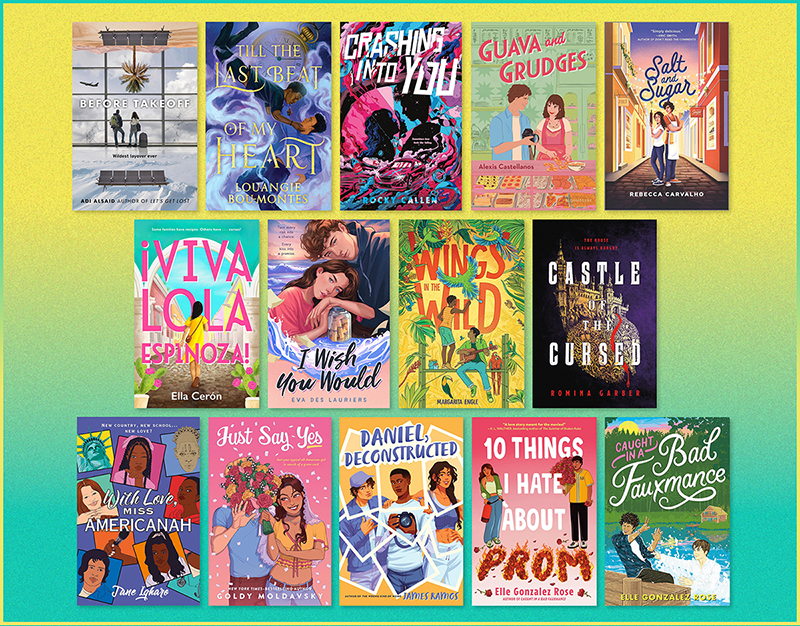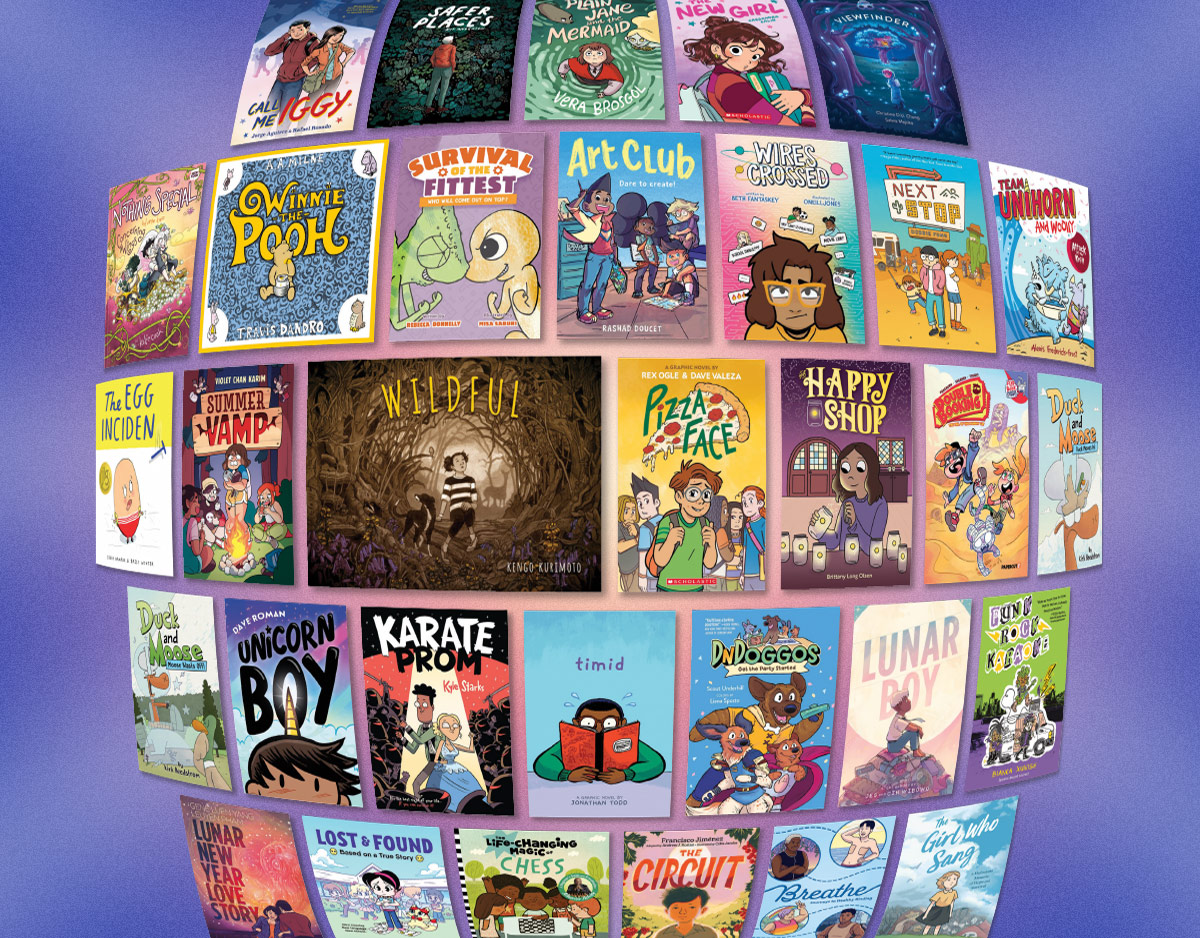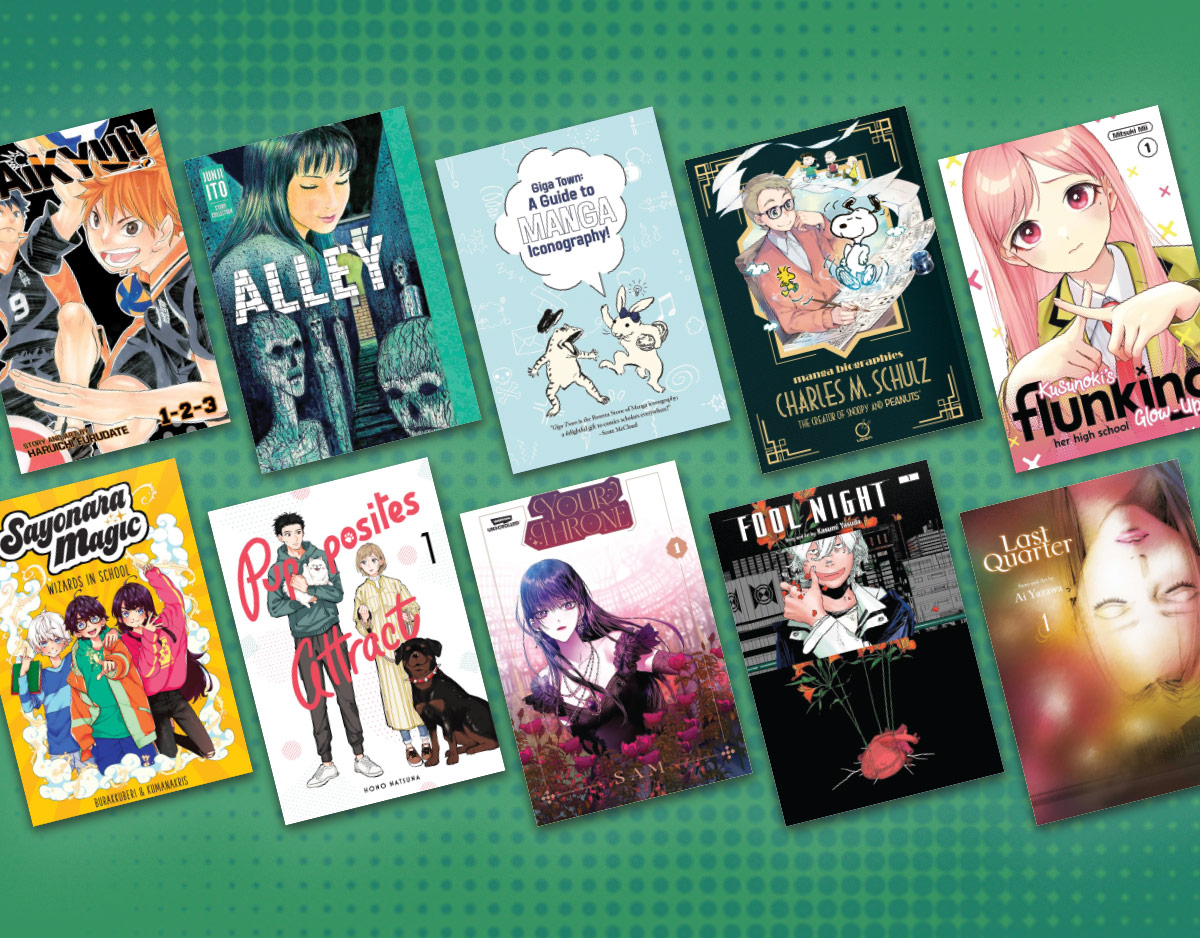ALA Caldecott Winner: A Sick Day for Amos McGee
 Dear Readers of The Classroom Bookshelf,
Dear Readers of The Classroom Bookshelf,
ADVERTISEMENT
ADVERTISEMENT
-
Visual Motifs. After reading A Sick Day for Amos McGee, read Goodnight Moon and Goodnight Gorilla aloud to your class. Many of your students may be familiar with these books, but many may not. Ask students to compare the illustrations in these books. They will be likely to notice the red balloon, rabbit, clock, mouse, striped pajamas, and other similar details. Ask students to speculate why the present day authors might have chosen to incorporate images from the classic Goodnight Moon. To extend their understanding of intertextuality, you might choose to read aloud a book that features references to other stories, such as Each Peach Pear Plum by Janet and Allan Ahlberg or Interrupting Chicken by David Ezra Stein (a 2011 Caldecott Honor book).
-
Grown Up Sick Days. What happens when the teacher is sick? Or Mom? Or Dad? After reading aloud A Sick Day for Amos McGee, share with students either Miss Bindergarten Stays Home from Kindergarten or Taking Care of Mama. How do the characters in each book feel? What do they do? How do they help the adult who is sick? Have children create a “How To” book for how to act when a teacher is absent or a parent or caregiver is sick.
-
Caring for Others. This Caldecott winner sends a strong message about caring behavior. Have a class discussion about what it means to care for others. Ask students to give examples of how they care for loved ones, friends, and community members. Invite students to write and illustrate short narratives about caring behavior. Publish these entries in a class book.
-
Woodblock Prints. Stead incorporates woodblock prints to add color to her pencil drawings. Have your students experiment with these media. You may want to collaborate with your art teacher to explore different printmaking techniques. Have them illustrate some of their own writing with these unique styles.
-
Principles of Illustration. What makes a picture work? After reading Molly Bang’s book Picture This (see below), explore some of the principles of illustration with your class. As a class, model the application of these principles by dissecting the illustrations in A Sick Day for Amos McGee. Ideally, you would examine the illustrations using a document camera to project the images. How did Stead create emotional impact through the use of color, line, page breaks, and perspective? Next, break students up into four groups; have two groups apply Bang’s principles to Dave the Potter, a nonfiction picture book and Caldecott Honor book, and Interrupting Chicken, a fictional picture book and Caldecott Honor book. How do the other illustrators also use some of Bang’s techniques, but to achieve illustrations with a very different mood and tone?
-
Mock Caldecott. Gather 15-20 picture books published in 2010, culling titles from some of the best book lists (see below) and this blog! Review the Caldecott Medal criteria available on the ALA webpage (see below) and post it in your room. Next, spend a week having your students reading the picture books in small groups, applying the criteria, and taking notes. Have each small group come to consensus on their top five books to nominate. Use their choices to narrow the field of contenders. Next, ask each group to choose two favorites from the remaining titles; the group should prepare a clearly articulated rationale for why the illustrations are worthy of being recognized with the Caldecott Medal. After hearing from each group, the class should vote for a winner.
-
A Day in the Life. We know that zoo keepers don’t really read books, drink tea, and play chess with the animals in their care. But what do they do? How do they care for animals with compassion, kindness, and technical expertise? Using the resources from the National Association of Zoo Keepers and various zoos below, research some of the responsibilities of zoo keepers. If possible, arrange a live or Skype interview with a zoo keeper at a local or national zoo. Have students create posters that show how zoo keepers take care of a particular animal, complete with illustrations.
-
Picture Books Then and Now. Gather 10-15 picture books published in the 1970s. Have students examine them in small groups and take notes on what they notice about the illustrations in each book specifically and what they have in common with each other. Next, compare those books to some more recently published picture books. What are some of the differences they see in the books and their style, use of color, line, perspective, etc? Why do they think Erin Stead chose to use an illustrative style reminiscent of the 1970s? What might she have been trying to achieve?
- In this classic picture book, fairy tale characters gather for a plum pie picnic.
- This seminal work provides a great introduction to visual literacy and the art of storytelling through illustrations.
- This year’s Caldecott is peppered with references to this classic picture book from Margaret Wise Brown and Clement Hurd.
- When Mama is sick, it takes to the whole family to manage what she does seemingly effortlessly each day.
- This humorous good night book is yet another homage to Goodnight Moon, and also uses a Zoo Keeper as a central figure in the story.
- In this uproarious good night book, a boy’s home becomes a vacation wonderland for hamsters as his father counts down the minutes ‘till bedtime.
- Miss Bindergarten is sick, and her students must adjust to a substitute teacher.
Filed under: Awards
About Mary Ann Cappiello
Mary Ann is a professor of language and literacy at Lesley University. A former public school language arts and humanities teacher, she is a passionate advocate for and commentator on children’s books. Mary Ann is the co-author of Teaching with Text Sets (2013) and Teaching to Complexity (2015) and Text Sets in Action: Pathways Through Content Area Literacy (Stenhouse, 2021). She has been a guest on public radio and a consultant to public television. From 2015-2018, Mary Ann was a member of the National Council of Teachers of English's Orbis Pictus Award for Outstanding Nonfiction (K-8) Committee, serving two years as chair.
ADVERTISEMENT
ADVERTISEMENT
SLJ Blog Network
Winter Light: An Aaron Becker Interview and Video Trailer Reveal!
Tegan and Sara: Crush | Review
Wednesday Roundup: Pointing at Poetry
The Seven Bills That Will Safeguard the Future of School Librarianship
Take 5: Resources for RA Ideas
Gayle Forman Visits The Yarn!
ADVERTISEMENT



